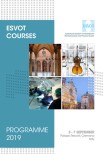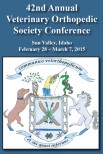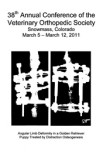OBJECTIVES: To compare the complication rate between open reduction and internal fixation (ORIF) and external skeletal fixation (ESF) for feline diaphyseal tibial fractures.
METHODS: In a retrospective study spanning a 10 year period, 57 feline tibial fractures stabilized via ESF or ORIF were included for analysis and complication rates were compared between the two methods.
RESULTS: In the overall study population, 23 (40.4%) cases suffered complications (9 major, 20 minor, 6 with both major and minor). All of the major complications occurred in the ESF group. Complications were more common in cats with ESF (50.0%) while only one (7.7%) of the ORIF cases suffered complications (OR 12.0 [CI: 2.09; 228.10], p = 0.02). Use of postoperative antibiotic medications was identified as a confounder. After adjusting for confounding, stabilization using ESF remained associated with a higher risk of complications (OR = 13.71 [CI: 2.18; 274.25], p = 0.02). Cats with ESF had a longer duration of follow-up (15.6 weeks; 95% CI: 13.0; 18.3) compared to ORIF (9.5 weeks; 95% CI: 6.4; 12.7) (p = 0.003), and a higher number of revisits (mean 3.0; 95% CI: 2.4; 3.6) than the ORIF group (mean 1.6; 95% CI: 0.9; 2.3) (p = 0.002).
CLINICAL SIGNIFICANCE: This study demonstrates a significant difference in complication rates between the methods of stabilization, with ESF resulting in a significantly higher complication rate compared to ORIF. Based on these results, it may be prudent to select ORIF for stabilization of feline tibial fractures wherever practical.









